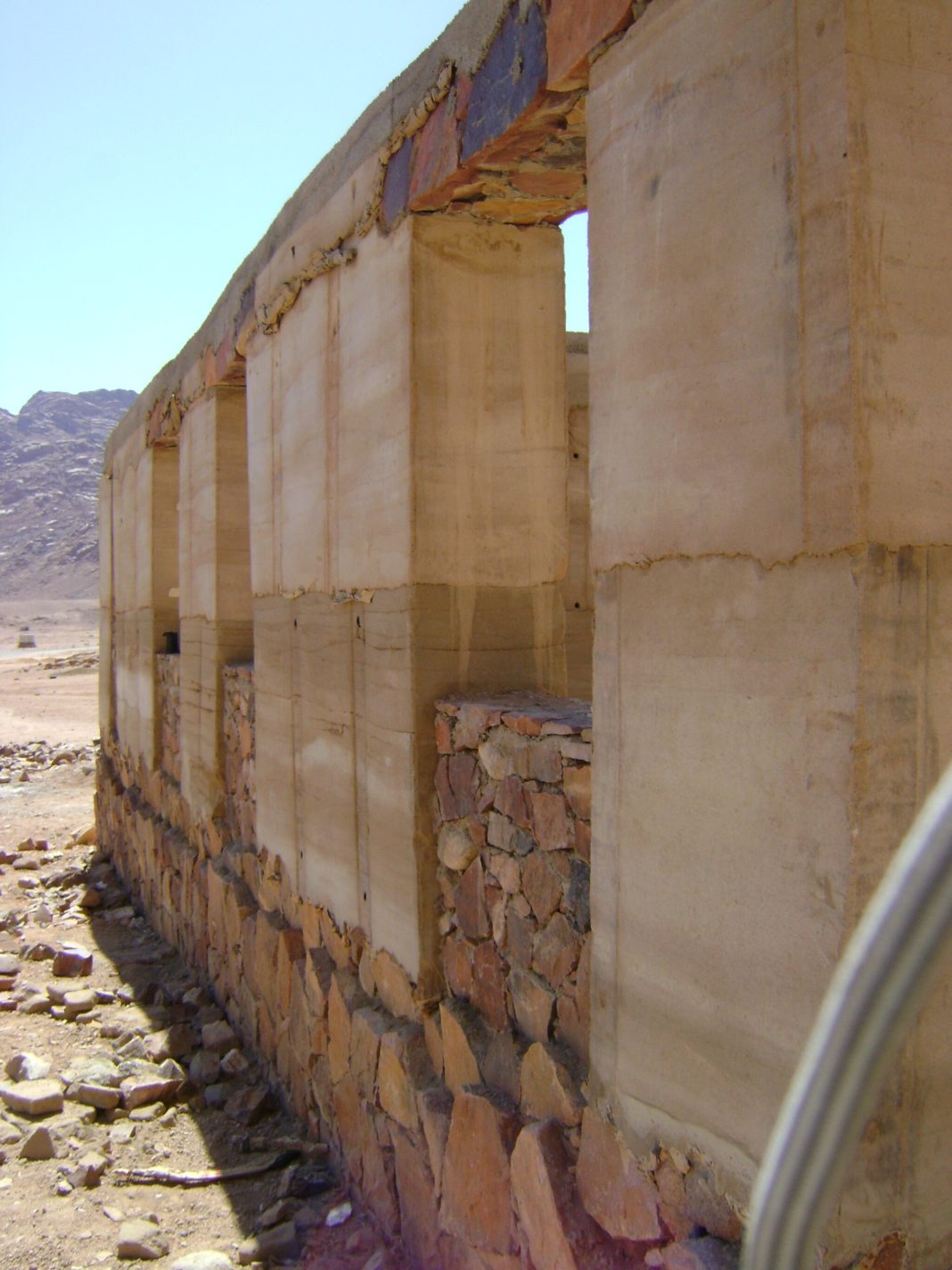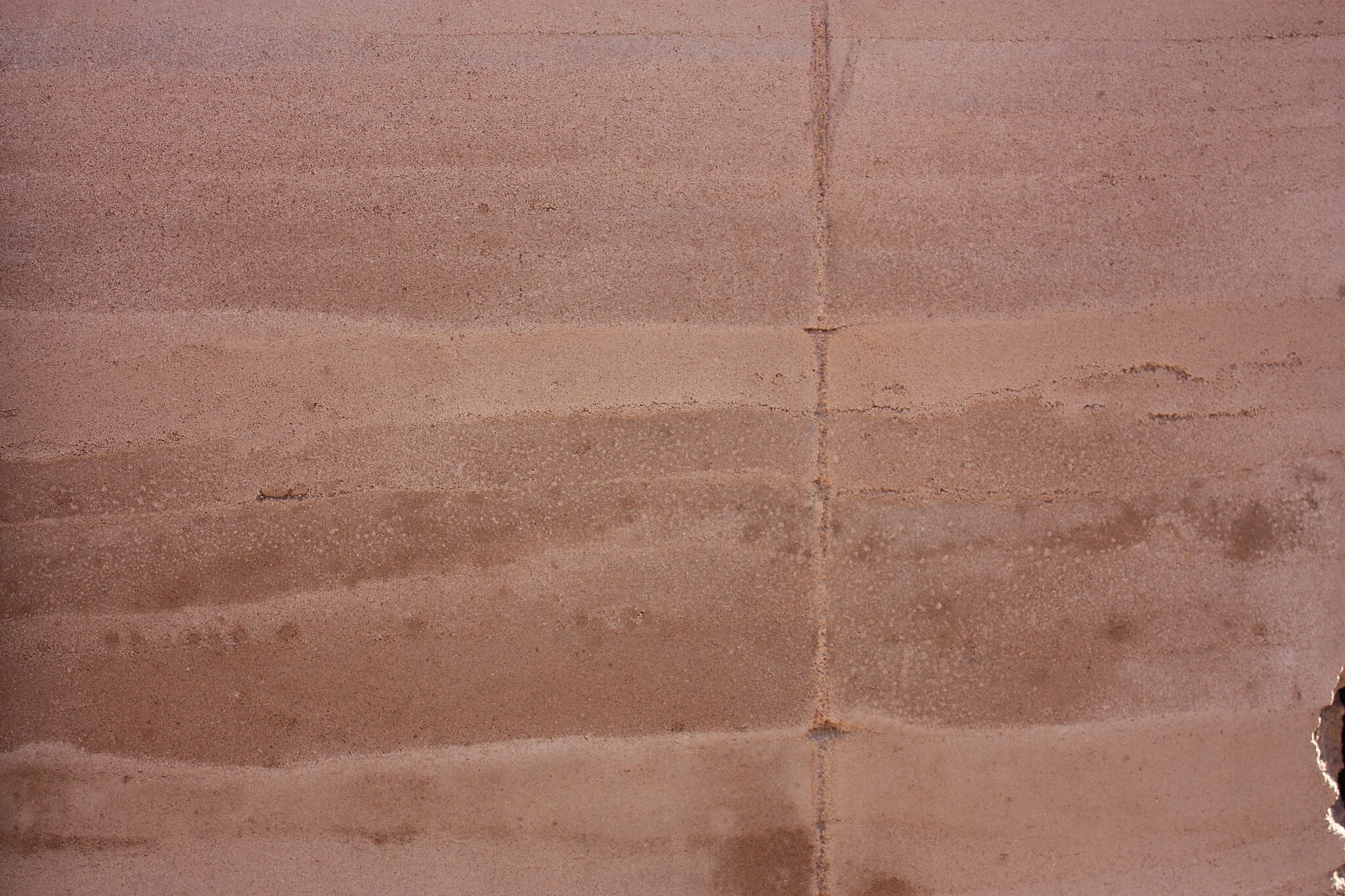The construction industry has undergone significant changes to address its environmental impact. Traditionally known for its excessive carbon emissions, the sector has adopted new building techniques and materials for greener structures. One such approach is rammed earth — but is it a sustainable solution to progress green construction in 2025?
What Is Rammed Earth?

Rammed earth is an ancient construction technique that uses compacted soil — clay, gravel, silt, stones and sand — mixed with water to build walls. Typically, rammed earth walls are 30-60 centimeters thick and may include various additives for strength and durability, such as lime or small quantities of cement.
Many architects have chosen rammed earth to create aesthetically pleasing structures distinguished by their organic textures and earthy colors. Some have interesting patterns resulting from the different layers of compacted soil.
Architects often appreciate how rammed earth blends with the natural environment. The versatility of its many shapes, forms and finishes results in distinctive structures exuding warmth and serenity. However, rammed earth construction is also environmentally friendly and provides indoor comfort for occupants.
Sustainability of Rammed Earth Construction
The construction industry produces 37% of greenhouse gas emissions, making it one of the most significant contributors to global warming. Most of these emissions come from cement, steel and aluminum production.
As the sector looks ahead to green building in 2025, rammed earth may be a viable option. This construction approach is sustainable for the following reasons:
- Utilizes local natural resources, reducing transportation emissions
- Has excellent durability and longevity, reducing waste and resource consumption — structures can last over 500 years when properly maintained
- Maintains low emissions and energy use by using fewer synthetic materials
- Sequesters carbon dioxide from the atmosphere
- Uses low-cost materials and labor
- Supports local economies and craftsmen
Rammed earth structures are also sustainable after construction. In addition to thick walls, 300 millimeters of insulation — nearly 12 inches — are added inside, enhancing thermal comfort. It’s common for builders to use mineral wool or wood fiber insulation, making it more breathable. The walls also delay solar heat effects of up to 12 hours, meaning the house receives passive solar gain when outdoor temperatures drop.
Key Components
While cutting-edge technologies have improved equipment capabilities and processes for mixing and compacting materials, rammed earth must lean into key components for durability and strength.
Soil is among the most important, as it is derived locally and undergoes several tests before construction begins. A sufficient subsoil has a high sand content of 30%-50%, with around 8% clay.
The clay acts as a natural binder to aid compaction — binders are integral to rammed earth construction. Sometimes, Portland cement and water will account for 5%–10% of the mixture to reinforce the structure.
Water is also essential to rammed earth, but builders must adhere to the correct ratio. Various studies indicate that 10% moisture content has the highest value for optimal mixtures.
Like all buildings, too much moisture could result in hydrostatic pressure and possible cracking in the walls. Therefore, adequate drainage and permeability are crucial to maintain structural integrity.
Rammed Earth in Action: 3 Case Studies From Around the World
Numerous historical landmarks worldwide are constructed from rammed earth — the Great Wall of China, the Great Mosque of Djenné in Mali and the stunning Alhambra in Spain are perfect examples. However, many architects and builders are constructing contemporary spaces with this method using modern processes and technologies.
1. Tanah Pottery Studio, Bali
Tanah Pottery Studio in Ubud, Bali, Indonesia, is a rammed earth shop made from its own crushed terracotta tiles. Fittingly, “Tanah” means “earth” in Indonesian. The terracotta gives the building a pink tone and adds texture for an organic feel.
The floors and ceiling are made of a limestone-iron oxide mixture to achieve a similar color to the walls. Additionally, exposed wooden beams hold the roof in place and add warmth.
2. Cabo Sports Complex, Mexico
Taller Héctor Barroso is the creative mastermind behind the Cabo Sports Complex in Los Cabos, Mexico. The 5,000-square-foot venue now hosts professional tennis tournaments and acts as a private sports club for the rest of the year.
Barroso used rammed earth to create the walls, with an interior load-bearing steel grid for support. The structure’s colors and textures blend seamlessly into its surroundings, and the complex is carefully situated for optimal sun exposure.
3. Achioté, Costa Rica
Near Uvita, Costa Rica, Achioté sits 300 meters above the sea on a hill with lush tropical flora. Although the two villas comprise structural steel and some concrete slabs, the architect was careful about using rammed earth materials.
The home’s clay walls, especially, are highly durable and made from natural resources capable of withstanding Costa Rica’s warm and humid climate. The architect leaned into the expertise of a specialist from Brazil who trained local artisans in rammed earth construction.
Challenges and Future Trends
Rammed earth construction may be challenging to implement on a broader scale due to longer timelines and the need for highly skilled labor. Difficulties also arise with moisture and cracking, particularly in wetter climates.
Technology developments will continue to improve buildings with rammed earth, delivering greater precision and efficiency. Discovering new sustainable additives for enhanced strength and durability and new aesthetic designs also creates opportunities for expansion.
To keep within the sustainability of rammed earth, integrating recycled materials and energy-efficient upgrades makes it appealing for green projects.
A Compelling Solution for Sustainable Construction
Rammed earth’s low carbon footprint and use of local, natural materials deliver an alternative to traditional construction practices. By adopting historical building methods, the industry can move forward with healthier, more sustainable structures.










